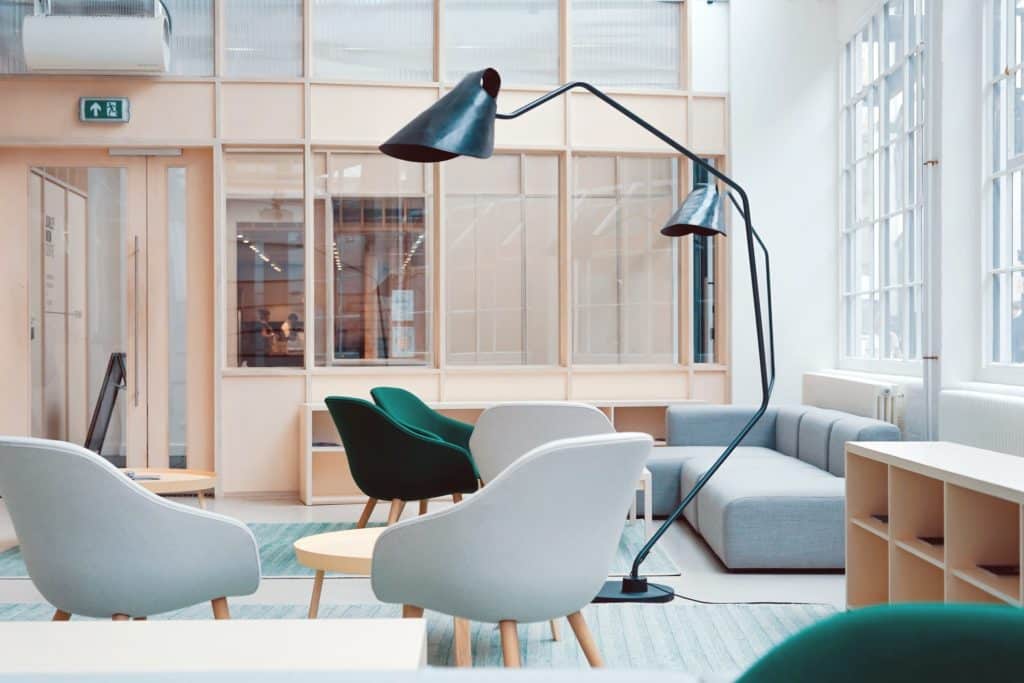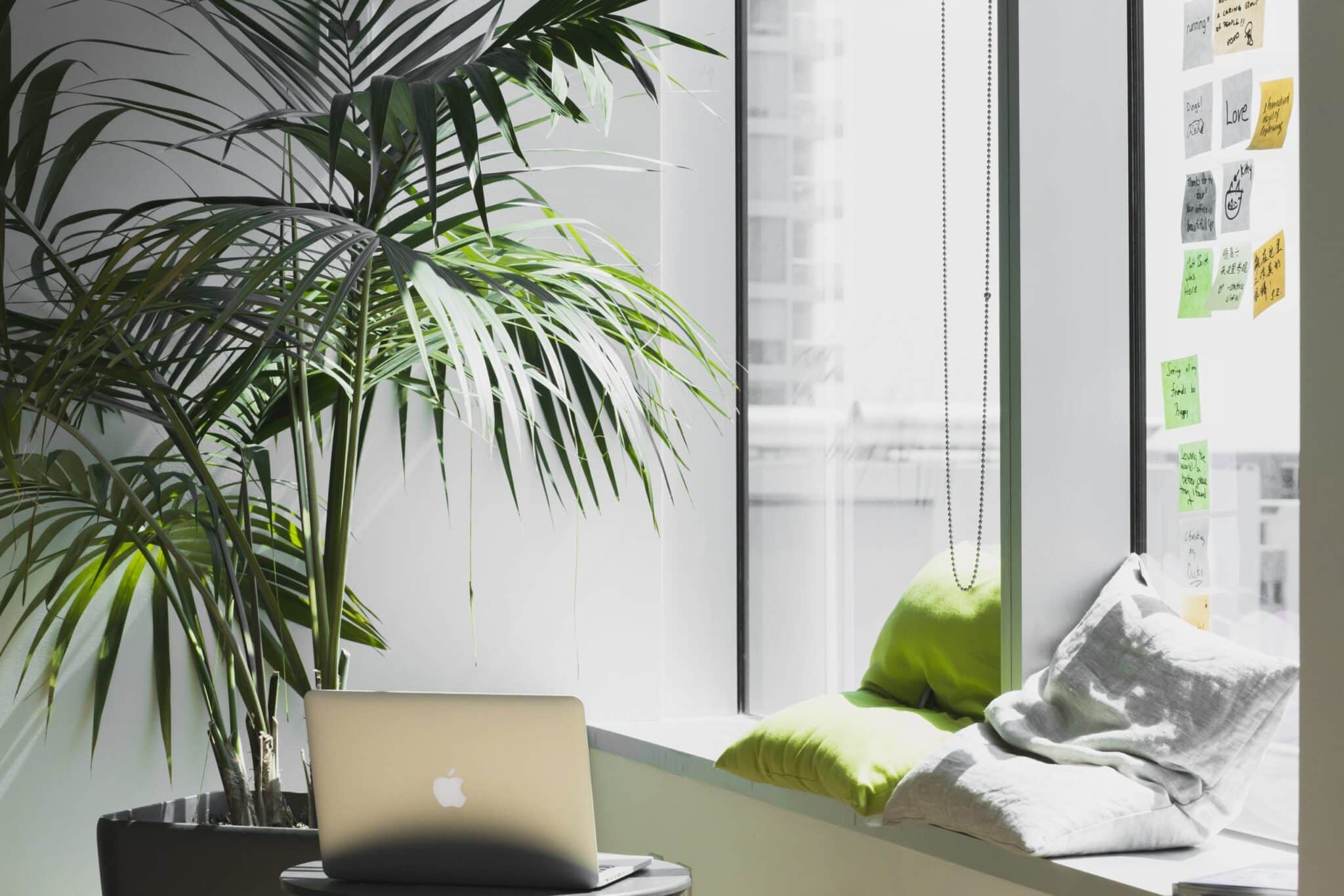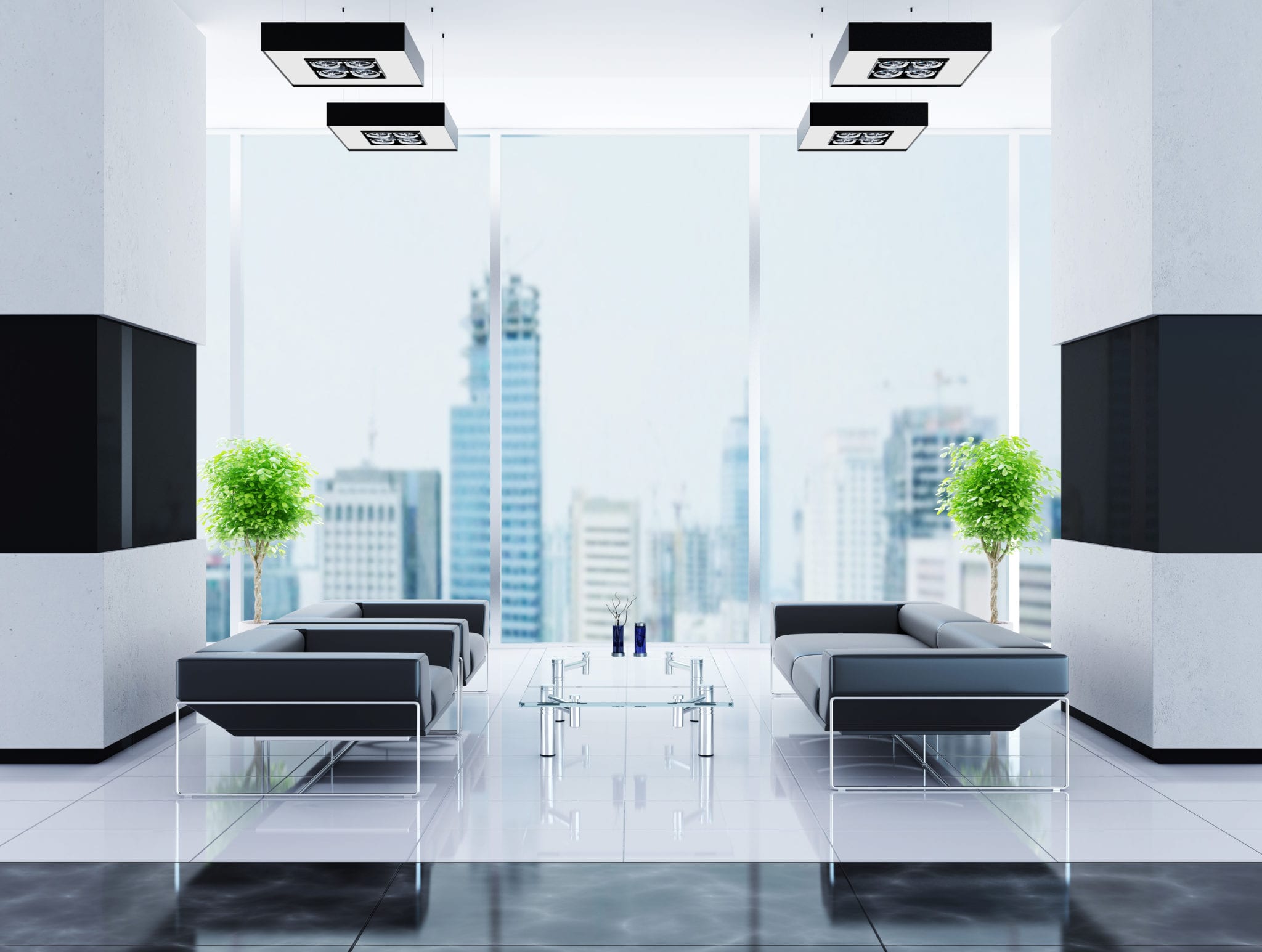It may seem like an obvious statement, but not everyone is aware that how your place of work is designed can affect productivity. Let’s consider a classic example: the cubicle. Rows upon rows of little grey boxes for employees to work in. With such a lack of diversity and uninspiring layout, it’s no wonder people who work in such spaces can’t wait to get out and get home. Keep this in mind when designing your office space: monotony is the enemy of inspiration. If you want your employees to think and feel better while at work, you’re going to have to put a little effort into spatial design. Thankfully, we’ve listed our top 5 secrets for office design that will boost performance and inspire your workforce. Let’s check them out.
Consider the Space
Before setting down concrete plans for office design, first, consider the needs and obstacles you, your employees, and the company as a whole have to address. You should consider things like different personalities, work culture, styles, budgets, etc. Although at first glance it may seem like a lot to consider, in the end, you’ll be grateful that you addressed these points upfront.
For example, most modern offices are more or less open spaces. While this may be a comfortable work environment for some, it may not suit all of your employees. Certain people perform better in closed rather than open spaces, so consider work styles and personalities.
If you don’t have the finances to build private spaces now, you can try alternative methods like standing workspaces or simply letting your employees work where they feel comfortable. In terms of bathrooms, it’s important you take into consideration the public restroom dimensions as well. Knowing the appropriate bathroom dimensions is the only way to ensure people can use your restroom comfortably and safely, as well as make sure you are complying with ADA requirements.
If you’re hard-pressed to come up with ideas, try taking a look at an architecture design blog. They’re filled with tons of ideas from professional designers that will help inspire you.
Use Color Wisely
You may already know that colors can influence mood and affect how we feel. Let’s take McDonald’s colors as a real-world example. The colors dominating their ads and restaurants are red and yellow. Red has been known to stimulate strong natural urges, like hunger. Yellow is associated with happiness and there you have it, a winning combination that brings hungry customers in and keeps them coming back for more.

Here is a quick list of how the primary colors affect mood and emotion:
- White – White inspires a feeling of cleanliness and purity. Use this color in places where cleanliness should be a priority, like a kitchen and a bathroom.
- Black – Black inspires deep contemplation and sadness. It shouldn’t be used as the main color, but rather as an accent to give areas a special touch.
- Red – An intense color that provokes strong emotions, it’s best used sparingly on pieces of furniture, like a table or set of chairs.
- Yellow – A color that inspires positive vibes and happiness, use it in common workspaces or conference rooms.
- Blue – Known to stimulate thought while providing a relaxing atmosphere, use blue as your main color in workspaces.
- Green – Green is associated with nature, harmony, and creativity. Use green in creative zones where people are trying to come up with new ideas.
Take Advantage of Natural Light
Lighting affects productivity and both mental and physical health. In fact, a study from Cornell University on work environments found that workers in offices with natural light experienced an 84% drop of headaches and eyestrain, which can reduce productivity.
Humans derive a lot of essential vitamin D from sunlight, and natural light affects our circadian rhythms as well as our mood. It’s no wonder why Scandinavian countries have higher rates of depression in the winter months when there is less sunlight. We need it to stay happy and healthy.
With this in mind, design your office space to incorporate as much natural light as possible. Large windows and skylights are ideal. If you’re in a space with minimal windows, try using mirrors or full-spectrum light bulbs to enhance and imitate natural light.
Allow Space for Movement
For many people, the way they stay focused on their work during a long day is to take short breaks with some amount of movement involved. Our bodies were not made to sit at a desk for eight hours at a time, and getting up and moving around stimulates circulation. Oftentimes, we find inspiration when we’re not thinking about the specific problem, so encouraging small breaks in the office is a must if you want employees to stay productive.
With movement in mind, you can try using desks that convert from sitting to standing positions. You can also place common office objects like printers or water coolers on the other side of the room, prompting employees to get up and move. If you have the space and resources, you could even try designating a room for exercise or yoga.
Bring Nature Inside

When most people want to relax, they get out in nature. Whether a walk in the park or a stroll along the beach, nature provides a calming sensation that can stimulate us and recharge our batteries. With this in mind, it’s a good idea to bring nature into the office. In fact, that’s the goal of biophilic design, to incorporate nature into our homes and workspaces.
There are many benefits to biophilic design, including better mood and cleaner air quality. In an office, there are a few simple things you can do to bring nature inside. Place plants in the office to purify the air and provide an aesthetic calm. Water gardens and fishbowls also provide a relaxing point of meditation. As long as none of your employees have allergies, you can even create a space for them to bring their pets. Nothing boosts the mood more than snuggling with a little furry friend.
Wrapping Up
If you want to boost productivity and spark innovation in the office, there are few things better than changing the layout. As you can see, there are many ways to improve productivity and mood, like simply choosing certain colors or having more plants in the office. Whether you want to design a workspace from the ground up, or are just looking to make a few improvements, we hope this article provided you some inspiration.
DepositPhotos – modern office space


